I did two basic A-B-C tests on my website with something like
if(mt_rand(0,2) == 0){
//THROW IN RE HERE
}elseif(mt_rand(0,2) == 1){
//THROW IN LR HERE
}else{
//THROW IN LB HERE
}
I was expecting the three conditions to occur equally often (33.3% of all pageviews). However, the impressions (as measured by Google Adsense) show very different distributions. Interestingly, both tests (two charts below) show similar patterns: LB occurs most, then RE and then LR.
The sample sizes are many thousands so the chance that this occurs by random chance is really zero.
Am I misunderstanding mr_rand()? Does anybody know if it's been properly tested? How else could these weird patterns show up?
